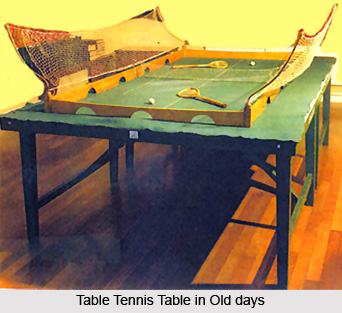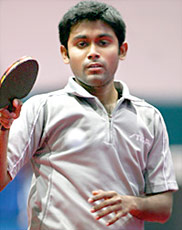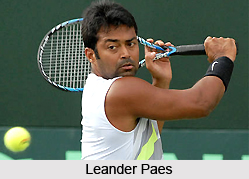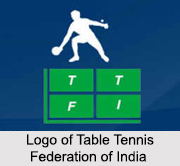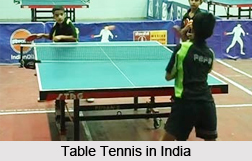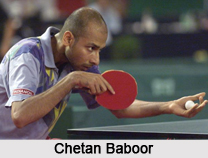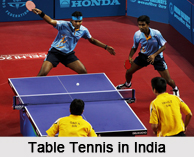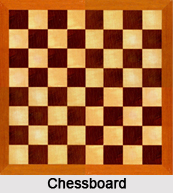 Rules of Chess are mentioned in many tutorials and books. The present rules of chess were established in 1952 at the 23rd International Chess Association Congress in Stockholm. Nowadays the chess literature comprises thousands of books, magazines about the games, tournaments, etc.
Rules of Chess are mentioned in many tutorials and books. The present rules of chess were established in 1952 at the 23rd International Chess Association Congress in Stockholm. Nowadays the chess literature comprises thousands of books, magazines about the games, tournaments, etc.
Chessboard
It is the source of knowledge for the game fans all over the world. The chessboard comprises eight rows and eight columns, with a total of 64 squares of alternating colours, usually black and white. It is convention to set the board in such a way that there should be a white square at the bottom left hand corner of the chessboard, from the perspective of both the players. On this board, there are several warriors, known as "pieces" and have several functions and are allowed to move only in specific directions.
Chess Pieces and their functions
Pawn: The Pawn represents the foot soldiers or the infantry. Each side has a total of eight pawns. Pawns cannot move backward or sideways, but must move straight ahead. However, they can move diagonally to remove one of the opponent`s pieces. Pawns can move only one square at a time. However, the first time a pawn is moved, it may move forward two squares as long as there are pieces in between.
A pawn cannot remove a piece in front of it, but only diagonally. In the case of a removal of an opponent`s piece, the pawn replaces it. If a pawn succeeds in travelling across the board to reach the opponent`s edge, it will be promoted to any piece that the moving player desires, except a King. Under normal circumstances a player will want to promote his pawn to be a queen since that piece is the most powerful and flexible. The new piece is placed where the pawn ended its movement.
Rook
The rook, also called a castle, is one of the more powerful pieces on the board. Rooks are worth a bishop or a knight plus two pawns. The rook can move any number of squares in a straight line along any column or row. They however, cannot move diagonally. The very fact that there are no complications involved in the moves of the rook makes it all the more deadly. Rooks have the potential to cover a large area of the board. 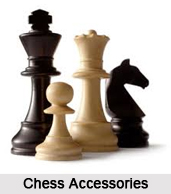
Knight
The knight has the most special movement in the game, which gives it an added flexibility over other pieces. The knight is the only piece which can move over pieces to reach its destination.
The knight can move four squares at a time in two possible ways. It can take one step on either side horizontally, and then has to travel vertically and land on the third square. Another direction it can move three steps on either side horizontally and then one step vertically. The knight`s movement can also be viewed as an "L" laid out at any horizontal or vertical angle.
Bishop
The bishop can move any number of squares diagonally, provided there is no obstruction by any other piece. Each side has two bishops each, one placed on the black square and the other on the white. Bishops, though not as powerful as the queen or the rook, are nevertheless extremely useful in open situations, where it can cover a huge range of the board.
Queen
The queen is the most powerful piece on the chessboard. The queen has the combined powers of the rook and the bishop. It can move any number of squares both in a straight line, as well as diagonally. Thus, the queen placed in the centre of a chessboard, can cover 27 squares. The queen is so powerful that she is considered to be worth more than any combination of two other pieces, perhaps with the exception of two rooks.
King
Though not the most powerful piece on the board, the king is the most vital, for once he is lost the game is lost. The king can only move one square in any direction. However, he may not move into a position where he may be captured by an opposing piece. Therefore, two kings may never face each other in battle, i.e. they may never stand next to each other or capture each other.
End of the Battle
The game can end in three different ways; when one of the players captures his opponent`s king, when one of the players` resigns or there is a stalemate. When a player`s king is threatened by an opposing piece, it is said to be "in check". When a player places the opposing king in check he should announce, "Check".
Objectives for the Rules in Chess
The objective is not to just place his opponent` s king in check but to ensure that every square where the king has a possibility of movement is blocked. This is called checkmate where the king is considered captured. Either player may resign at any time. This can occur happens when a player loses one or more major pieces, and sees little or no possibility for a victorious outcome. 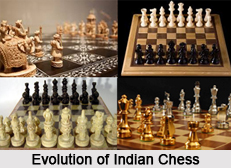
A stalemate is considered a tie. A stalemate occurs when a player has no other move but to place his own king in check, but the current position of the king is safe. But as long as any other piece can be moved, or the king can safely move to any other square, stalemate does not occur.
When the only two pieces left on the board are kings, unmindful of where they are positioned, it is considered a draw. It is also considered a draw when the pieces left on the board are not sufficient enough in power to cause a checkmate. For instance, you cannot inflict a checkmate, with just a king and a bishop.
Special moves in Chess
Castling: Castling is a special defence tactic. It is the only move where more than one piece may be moved during a single move. This move was invented in the 1500`s to help speed up the game and to help balance the offence and defence. However, the castling move has quite rigid conditions:
* It can only occur if there are no pieces in between the king and the rook.
* Neither king nor the rook should have moved from its original position.
* The King should not be in a capture able position; either in his original square, the square he moves through or the square that he lands up in. i.e. it is not an escape route for the king if he is in check, but a move to push the rook into action.
Castling
The castling is done, when the king moves two squares towards the rook he wants to castle with. The rook then moves to the square through which the king passed that is the square next to the king`s original position.
Castling is of immense use in defence. It can bring a rook into play when it is trapped behind the pawns, thus strengthening the defence, as well as preparing for a strong offence.
En Passant
This is an obscure and one of the least used moves in chess. It can only occur when a player decides to move his pawn two squares on its initial movement. After this move, the opposing player can consider the moved pawn "en passant" as if it had only moved one square and can remove the pawn by placing his piece in the square where the pawn would have been had it moved just one square. This option, though, is valid only for one move. This move was developed after pawns were allowed to move two squares on their initial move. The en passant move made sure the pawns retained some of their original restrictions, while at the same time, they speed up the game.
Though chess rules are copious, they are easily mastered with practice, and they have changed very gradually, with very little variation over the centuries. This has enabled some of the legendary games of the past to be studied by the present. Chess`s immutable rules have allowed it to have a well preserved heritage over several ages.
